Guest Checkout vs. Customer Accounts: The Ultimate eCommerce Question, Answered
The battle between guest checkouts and registered accounts is fiercer than ever.
As of this year, it is estimated that by 2021, there will be no less than 2.21 billion eCommerce buyers in the world. Or, in other words, about one-third of the world is buying stuff online.
The thing with all these buyers is that competition for them is quite fierce. It’s hard to estimate precisely how many eCommerce businesses there are in the world. Some say the number is in the hundreds of thousands. Others say it’s all in the millions. But no matter how you look at it, there’s a mad battle for customers out there – and the more the eCommerce world moves up the ranks, the more the struggle grows to be more of a World War, rather than a local fight.
We don’t claim that making the right choice between a guest checkout and account registration will skyrocket your eShop among the stars of the world.
But it might as well do it – because according to shopping cart abandonment statistics, every single Conversion Rate Optimization detail matters. The average eCommerce can use CRO to boost about 35% of their sales – which, at a global scale, translates into no less than $260 billion.
With the checkout abandonment rate being one of the most severe issues in eCommerce, it only makes sense to ask yourself whether to choose a guest checkout or a registered account checkout.
Since we have been beating around the bush with this topic, we thought it was high time we grabbed the bull by its horns and answered the question once and for all.
Is a guest checkout better than asking customers to register an account on your eCommerce website?
The Argument For and Against Guest Checkouts
We have already discussed, quite extensively, the question on whether guest checkouts are good or bad for business – so we will not dwell too much on this. For more reference, check out our article dedicated entirely to guest checkouts, as well as Sorin’s myth-busting piece on eCommerce checkout misconceptions – they will both give you a framework for the discussion ahead.
In a nutshell, guest checkouts are only as good as you make them. Tossing a guest checkout into your site won’t do much if you don’t have a plan. It will most likely lead to a higher Conversion Rate and a lower Retention Rate.
Given that there’s a limited pool of customers that you can reach no matter what you sell, you do want your Retention Rate to be well on its way to growth and stability. In the end, you can’t attract an infinite number of visitors on your site and infinitely convert them as well.
A well-made guest checkout page will, however, convert more – and this is a proven fact. One-third of your users will leave the checkout page if they are required to make an account. And then you are left with two thirds – out of which a good bunch will drop the checkout process for a variety of reasons:
- Price
- Shipping fees
- They were just looking around
- They want to buy the product offline
- They want to have more time to think and analyze their options
… And the list is pretty much endless.
Once all this is done, you are left with little over 2% of the users who are converted into buyers.
We know it all sounds very depressing, but the good news is, as we were saying in our previous piece as well, that you can change this – and introducing a guest checkout page is one of the ways to boost your Conversion Rate a little more.
The immediate natural consequence of having a guest checkout option is having a lot fewer email addresses in your data management system. As such, this also brings along a smaller Retention Rate (without all those marketing emails, fewer and fewer will return just because they bought from you once).
The way to counterattack that consequence is to incentivize people to still leave you their email address, even if they don’t register. Things like
- Easy purchases in the future
- Discounts
- The promise for exclusive future offers
…can all help you make first-time buyers stick around for a potential second, third, and fourth purchase.
Is Account Registration That Bad?
Guest checkouts can be amazing when you optimize them for maximum Conversion and Retention rate.
How about asking customers to register an account on your site?
Well, if you ask me, I wouldn’t be so quick to advise against it entirely. After all, you do need your customers’ email addresses/ phone numbers to stay in touch with them.
Plus, in some cases (like luxury brands, for example), registering an account with a website can also create a sense of membership to an exclusive club. In these situations, it truly is best to ask people actually to create an account.
Having to create an account can be a real nuisance for new customers – but for those who have already purchased from you, it can be an excellent way for them to track their orders, their warranties, the interactions they had with your customer support representatives, and, ultimately, reap the benefits you offer to those who have been loyal to you (special discounts, vouchers, gifts, and so on).
Statistically, you are far less likely to nail down a conversion if you ask people to register on your site, as we have already shown it both in this piece and in our previous article on guest checkouts.
But logically, you can’t loyalize people if you don’t collect their contact details.
So, What’s The Final Answer: Is A Guest Checkout Better?
This might be disappointing, but we won’t tell you what to do.
When it comes to guest checkout pages vs. accounts, the decision is yours.
If you are ready to sacrifice your Retention Rate and hope there will be a continuous flux of new customers and old customers that remember your eCommerce and want to buy from you again, then choose a simple guest checkout page.
If you are ready to sacrifice your Conversion Rate and need all the information on a classic account registration checkout page, then that is the right choice for you. There are quite a lot of large eCommerce businesses that still do this, like Zappos, for example:
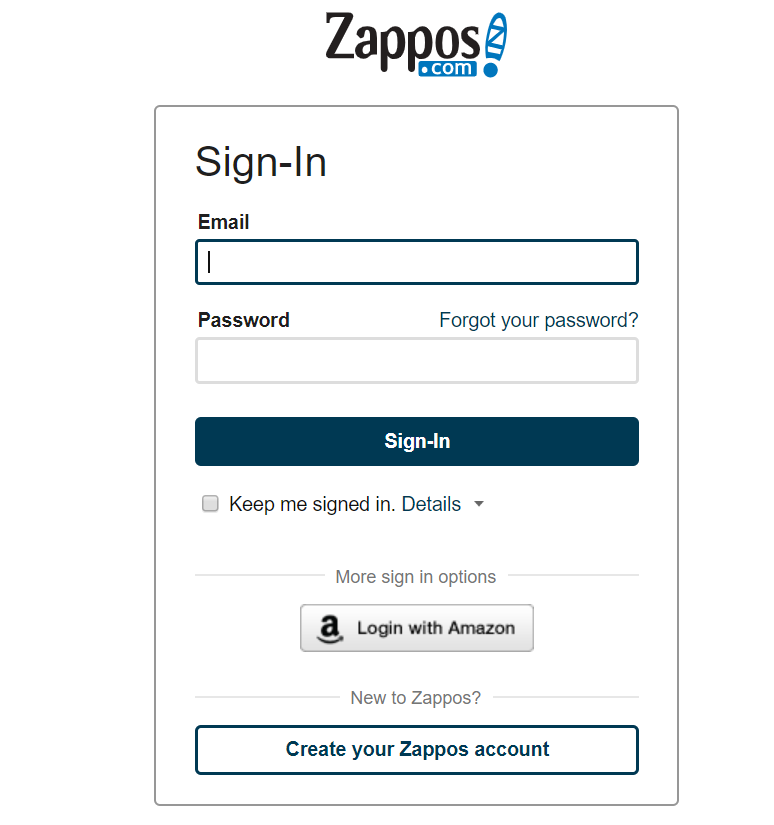
As you can see from the screenshots above, Zappos requires customers to either create an account or sign in using their Amazon account (which is a perfectly valid and secure option you can try as well with a Facebook or Google login, for example).
Moreover, Zappos has other ways of encouraging visitors to create an account as well, right from the very first seconds on their site:
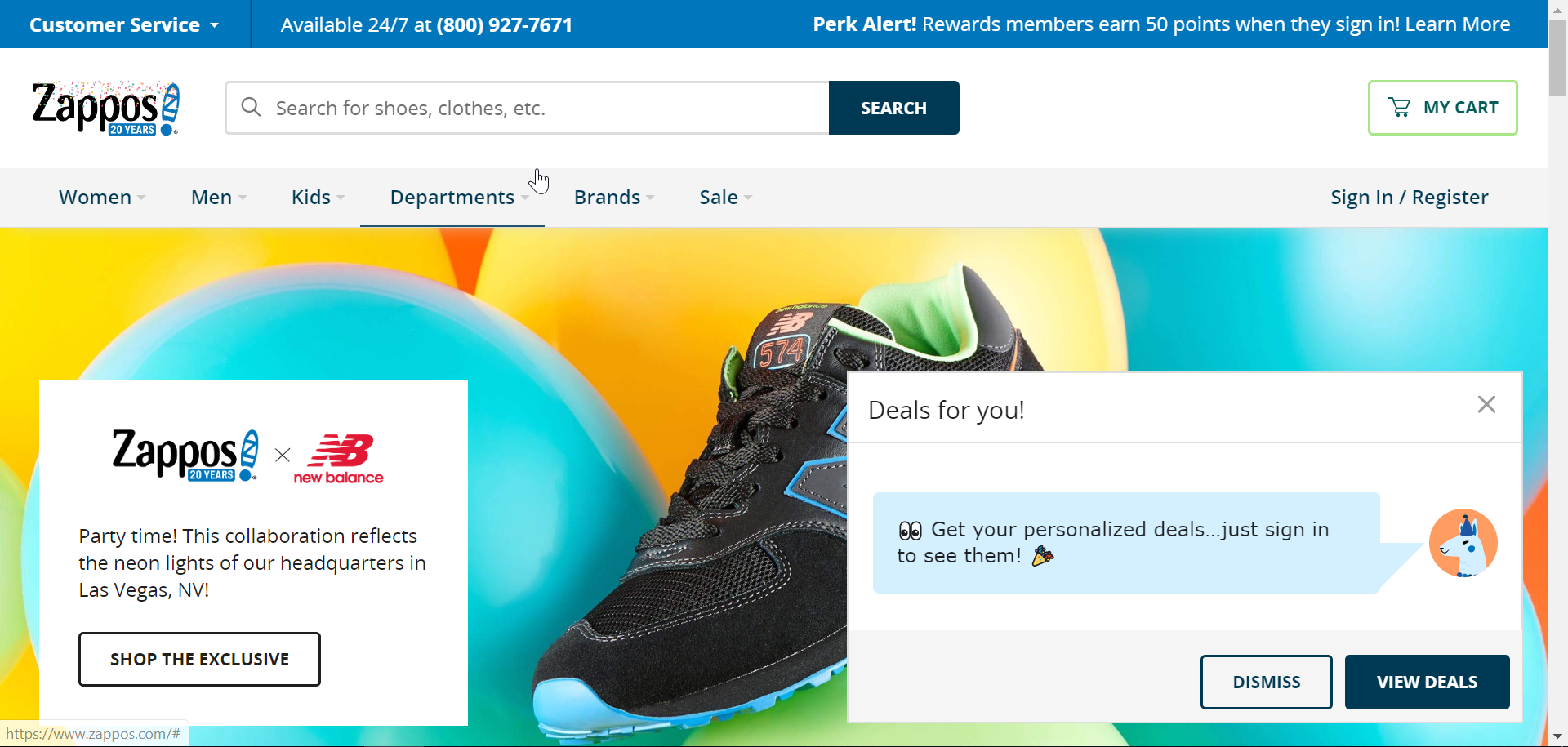
Amazon does it too:

If you are ready to stop thinking in binary terms, choose neither. Pick a hybrid between the two options – one that will allow people to quickly check out if they want to and encourage them to leave their email address for further offers, for an extra discount, or a small gift.
It might seem counterintuitive, but that’s pretty much what many of the significant eCommerce businesses do these days.
Asos:
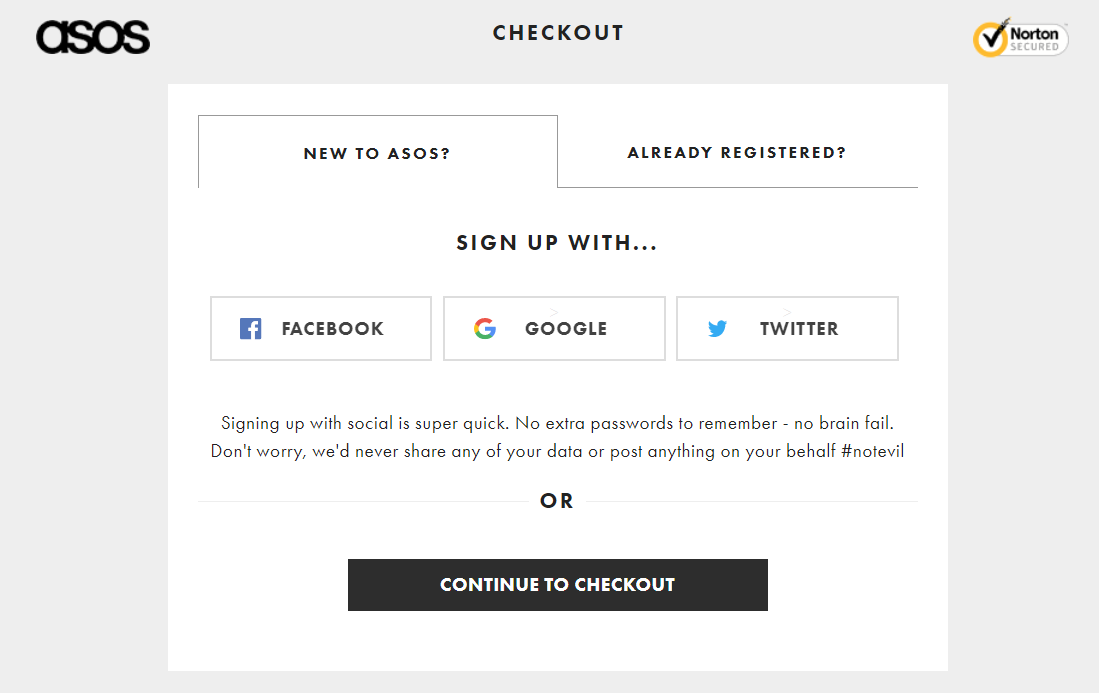
Alibaba:
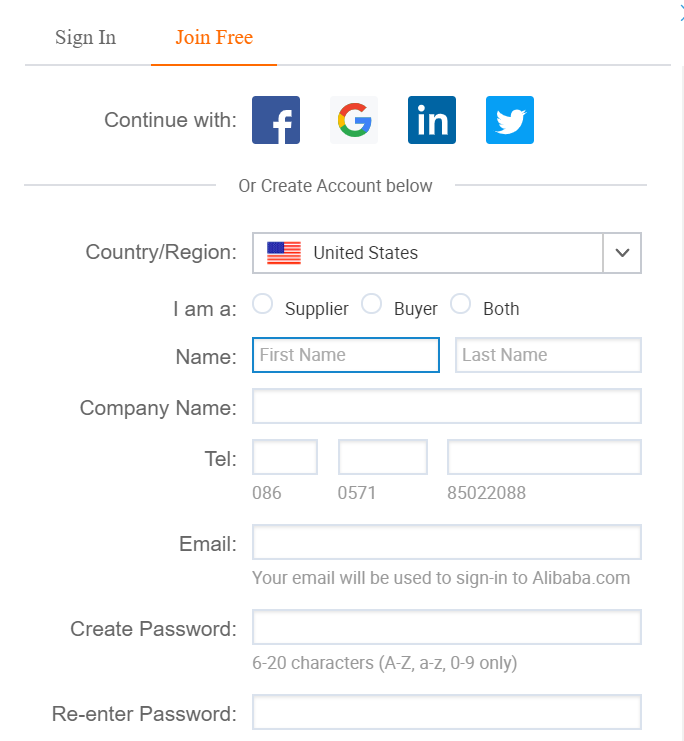
Newegg:
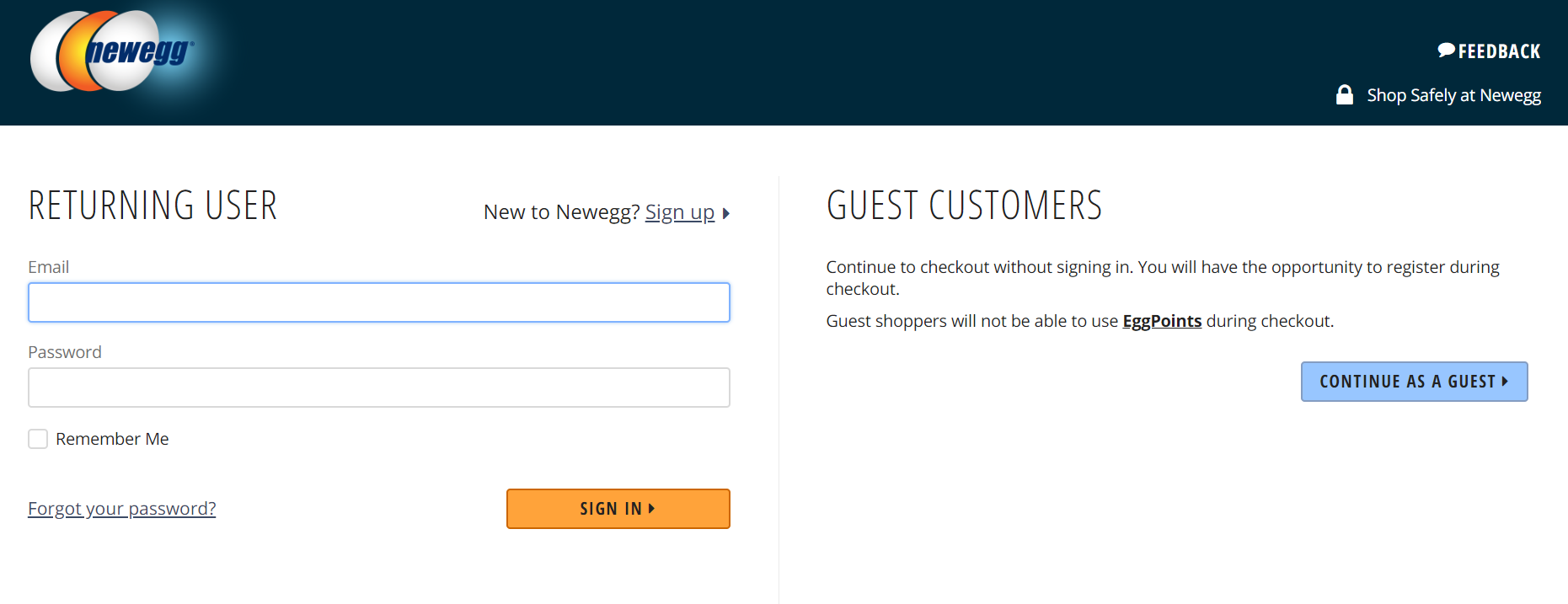
Adaptability is critical in a world where change is the only constant element – so if we absolutely must give you a tip of advice, we’d say you should go for the hybrid: a checkout page that is neither wholly anonymous and untraceable nor an extensive registration process that will skyrocket your cart abandonment rate.
What’s your take on this? Have you experimented with either of the checkout options we have analyzed here – and if so, what is your best bet?
Let us know in the comments section below and let’s start a discussion!
Load more...